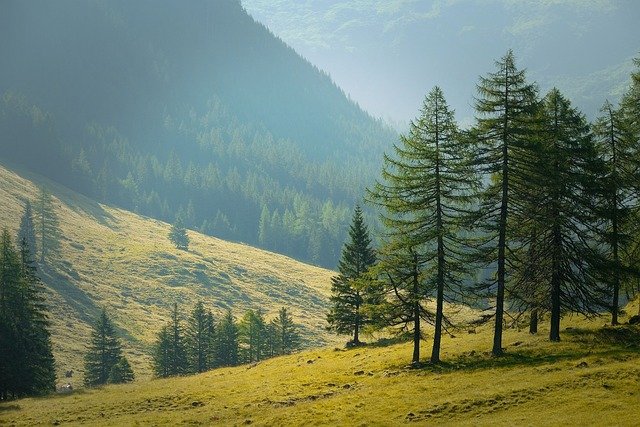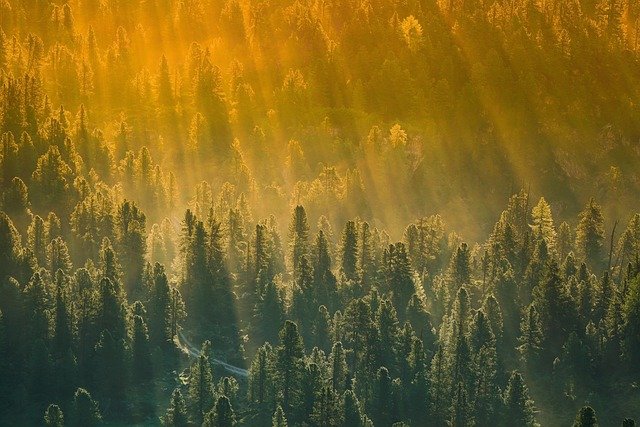
The Fascinating World of Animal Communication: How Animals Communicate with Each Other
Animals have been communicating with each other for millions of years. From the chirping of birds to the howling of wolves, animals have developed their own unique ways of communicating with each other. In this post, we'll explore the fascinating world of animal communication and how different animals communicate with each other.
Vocal Communication
Vocal communication is the most common way animals communicate with each other. Birds use songs and calls to communicate with their mates, warn of danger, and establish territory. Wolves howl to communicate with their pack members, and dolphins use clicks and whistles to communicate with each other underwater.
Chemical Communication
Animals also use chemical communication to communicate with each other. Pheromones are chemicals that animals release to communicate with others of their species. For example, ants use pheromones to communicate with each other about food sources and to mark trails.
Visual Communication
Visual communication is another way animals communicate with each other. Many animals use body language to communicate their intentions or emotions. For example, a cat will arch its back and puff up its fur to appear larger and more threatening when it feels threatened.
Electrical Communication
Some animals, such as electric eels and some species of fish, use electrical communication to communicate with each other. They generate electric fields that they use to detect prey, communicate with other members of their species, and defend themselves against predators.
Conclusion
In conclusion, the world of animal communication is truly fascinating. Animals have developed unique and complex ways of communicating with each other over millions of years of evolution. By understanding how animals communicate, we can better appreciate the complexity of their lives and the importance of conservation efforts to protect their habitats and ecosystems.

All images are taken from the Pixabay.com